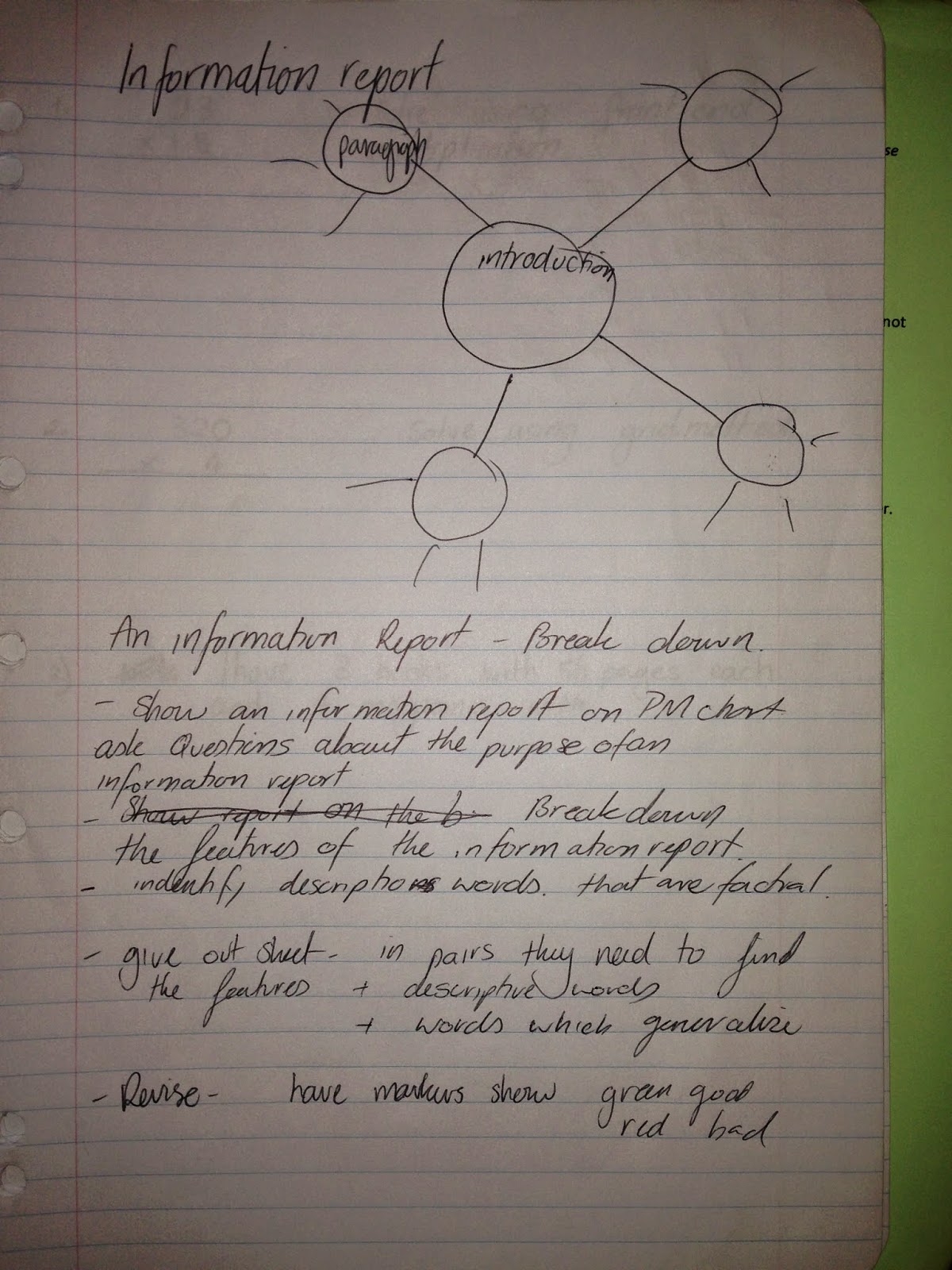It was good help students help themselves. I am hoping they reflect on this to better themselves.
Placement reflection:
I went into this placement feeling nervous and worried about how I was going to tackle a 3/4/5 class with multiple students with different learning needs as well as disabilities. Original I thought that my classroom teacher would differentiate the class by year level so students would meet their year level content but after being in class, I have learnt that this is too hard manage. With the help of anchor activities, grouping charts, grouping folders, pre-assessment and formative assessment, I have been able to create a flowing, flexible classroom environment that helps all children reach their personal best.
I am proud of my history unit where I incorporated differentiation constantly. Once a week I had a exit card that helped with concreting my students learning as well help me see how their learning was going. I also allowed for pre-assessment at the beginning of a new topic to help with my grouping. I found that over the 6 weeks, my groups changed depending on the students ever changing readiness. While I had readiness level groups for history I also made sure each student was exposed to the curriculum content. I had to be inclusive in class through assessment as students had different assessment needs. This was important with the dyslexic children who needed to have separate assessment needs such as being able to type, not getting marked on spelling and making sure they were understanding the content.
I am also proud of how I handled the spelling unit each week. With so many students with different readiness in spelling, I was feeling a little over my head. Once I found a routine and exercises to help with each group, I found these lessons flowed much better and helped with my work load.
I found myself grouping to students need each lesson after the first week. Differentiation and inclusion because something natural in my teaching practice and I can see how I will included these ideas into my future teaching practices.
I have goals to attend as many PD days as possible and to reflect on my time on this placement to better my teaching practice. Tomlinson has been a huge influence on my teaching pedagogy and I feel I could not have done this placement with out reflecting on her practices.















 We are pleased you have taken time to visit our
website. We are proud of our school and its long tradition of
educational excellence.
We are pleased you have taken time to visit our
website. We are proud of our school and its long tradition of
educational excellence.

